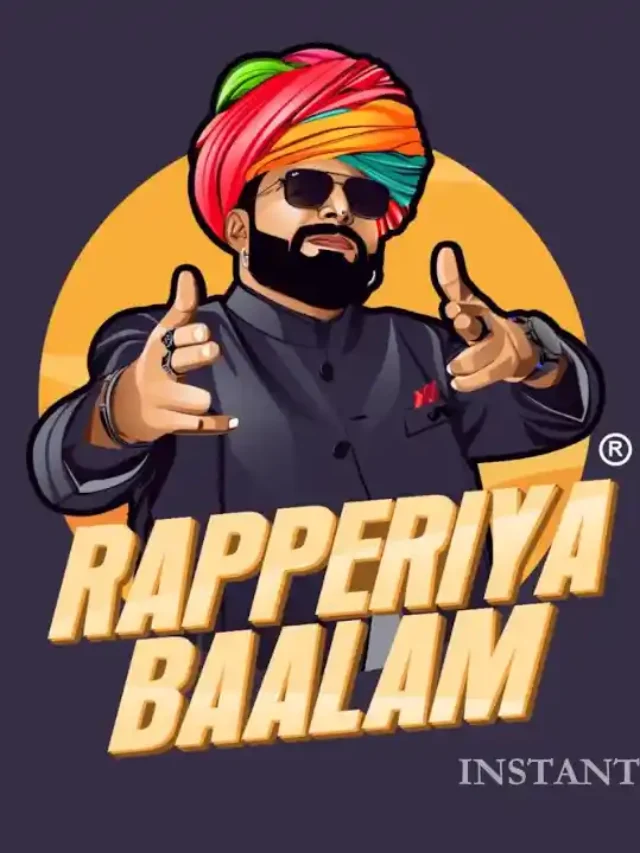The captivating realm of slot online gaming thrives on the invisible magic woven by game designers. Beyond the dazzling graphics and electrifying gameplay lies a meticulously crafted world brimming with potential for exploration, connection, and endless entertainment. This article delves into the art of game design for online experiences, exploring the core principles and creative processes that breathe life into these virtual landscapes.
From Blueprints to Brilliance: The Foundational Pillars of Online Game Design
Compelling online game design rests upon a strong foundation:
- Understanding the Player: Empathy for the player’s experience is paramount. Game designers must consider player motivations, preferences, and learning styles to create engaging mechanics and a satisfying experience.
- Compelling Core Gameplay: The core gameplay loop – the set of actions players take to progress and achieve goals – needs to be intrinsically rewarding and engaging. Whether it’s strategic battles, intricate puzzles, or thrilling exploration, the core mechanics should provide a satisfying foundation for the online experience.
- Building a Breathing World: Online games thrive on rich and immersive worlds that feel believable and alive. This involves meticulous world-building, crafting a compelling narrative, and creating a sense of history and depth within the virtual space.
- Fostering Social Interaction: Online games are inherently social experiences. Game design should encourage player interaction, collaboration, and a sense of community. This can be achieved through cooperative gameplay mechanics, in-game communication tools, and features that promote social engagement.
The Alchemist’s Workshop: Core Design Principles for Online Worlds
Game designers employ various principles to shape online experiences:
- Meaningful Progression: Players crave a sense of progress and accomplishment. Games should provide clear goals, reward systems that incentivize continued play, and opportunities for players to develop their skills and characters.
- Balanced Challenge: The challenge curve is crucial. Games should offer an appropriate level of difficulty, providing a sense of accomplishment while avoiding frustration. Difficulty should increase gradually, allowing players to learn and master mechanics.
- Aesthetics and User Interface (UI): Visually appealing graphics and a user-friendly interface are essential. The game’s visual style should be cohesive with the theme and lore, while the UI needs to be intuitive and provide clear information to players.
- Evolving Content and Live Operations: Keeping players engaged in the long term requires ongoing content updates and live operations. This can involve new challenges, features, storylines, and seasonal events to maintain player interest and community vibrancy.
Beyond the Basics: Advanced Techniques for Captivating Online Experiences
Game designers have a toolbox filled with advanced techniques to create engaging online worlds:
- Procedural Generation: This technique utilizes algorithms to create dynamic elements within the game world, such as randomly generated maps or loot drops. This fosters a sense of discovery and replayability.
- Emergent Gameplay: The game’s design allows for unpredictable player interactions and unforeseen situations. This creates a sense of dynamism and encourages creative problem-solving among players.
- Player Agency and Choice: Providing players with meaningful choices that impact the narrative or their character’s development fosters a deeper sense of immersion and ownership within the online world.
- Sensory Storytelling: Beyond explicit narratives, game design can utilize environmental details, music, and sound design to convey stories and emotions, enriching the overall experience.
The Symphony of Design: Collaboration and Iteration
Creating engaging online games is a collaborative effort:
- Game Designers, Artists, and Programmers: Game designers work hand-in-hand with artists to create visually stunning worlds and with programmers to translate design concepts into a functional game experience.
- Playtesting and User Feedback: Regular playtesting with target audiences is crucial. Feedback allows designers to identify flaws, refine mechanics, and ensure the game resonates with its intended players.
- Data Analysis and Iteration: In the online realm, data analysis can reveal player behavior patterns and areas for improvement. Game designers can iterate on the design based on data to create a continuously evolving and engaging experience.
The Ever-Evolving Landscape: Future Trends in Online Game Design
The future of online game design holds exciting possibilities:
- The Rise of Virtual Reality (VR) and Augmented Reality (AR): VR and AR technologies have the potential to revolutionize online gaming by creating even more immersive and interactive experiences.
- AI-Driven Game Worlds: Artificial intelligence (AI) can be used to create more dynamic and responsive online worlds, with non-player characters (NPCs) that exhibit more complex behaviors and interactions with players.












